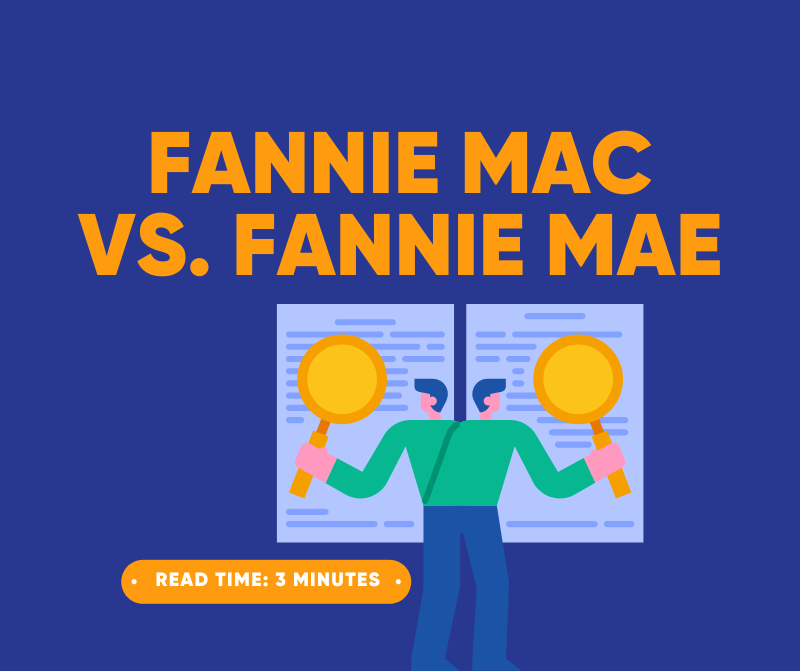
Fannie Mac vs. Fannie Mae: What’s the Difference
In the market for a new home? You may have heard of Fannie Mae and Fannie Mac, but what do these government-sponsored enterprises actually do? In short, Fannie Mae buys mortgages from lenders, while Fannie Mac provides financing to mortgage lenders. This difference between the two can be confusing for consumers, so let’s take a closer look.
Fannie Mae was created in 1938 as part of President Franklin Roosevelt’s New Deal program. The goal was to stabilize the housing market by creating a reliable source of financing for lenders. Fannie Mae does this by buying mortgages from lenders and then either holding them in its own portfolio or packaging them into mortgage-backed securities (MBS) that are sold to investors. By doing this, Fannie Mae provides liquidity to the mortgage market and helps make it possible for lenders to offer loans to more borrowers.
Fannie Mac, on the other hand, was created in 1970 to compete with Fannie Mae. Like Fannie Mae, Fannie Mac buys mortgages from lenders and packages them into MBS. However, instead of selling these securities to investors, Fannie Mac keeps them on its own balance sheet and finances them with debt. This makes Fannie Mac more like a traditional lender, which can be an important source of funding for mortgage lenders during times of tight credit.
While both Fannie Mae and Fannie Mac play important roles in the housing market, they are not without their critics. Some argue that the government-sponsored status of these enterprises gives them an unfair advantage over private companies. Others argue that the enterprises are too big and too interconnected to the financial system, which could put taxpayers at risk if they run into trouble.
Despite these criticisms, there’s no denying that Fannie Mae and Fannie Mac have helped millions of Americans realize the dream of homeownership. If you’re in the market for a new home, it’s important to understand how these enterprises work and how they might affect your loan options.
Fannie Mae and Fannie Mac both offer benefits to consumers, including:
1. Increased liquidity in the mortgage market: By buying mortgages from lenders, Fannie Mae and Fannie Mac provide liquidity to the market, making it easier for borrowers to get a loan.
2. Increased availability of loans: By creating a reliable source of financing for lenders, Fannie Mae and Fannie Mac make it possible for more people to get a mortgage.
3. Lower interest rates: Because Fannie Mae and Fannie Mac are government-sponsored enterprises, they enjoy lower interest rates than private companies. This can save you money on your mortgage.
4. More competitive mortgage products: Fannie Mae and Fannie Mac often offer more competitive mortgage products than private companies, such as low down payment options and no prepayment penalties.
5. More stability in the housing market: By providing a reliable source of financing for lenders, Fannie Mae and Fannie Mac help to stabilize the housing market. This can lead to increased home values and a more stable economy.
If you’re in the market for a new home, it’s important to weigh the pros and cons of Fannie Mae and Fannie Mac before choosing a lender. Each enterprise has its own advantages and disadvantages, so be sure to talk to your lender about which option is best for you.
Show me today's rates (Oct 22nd, 2024)

